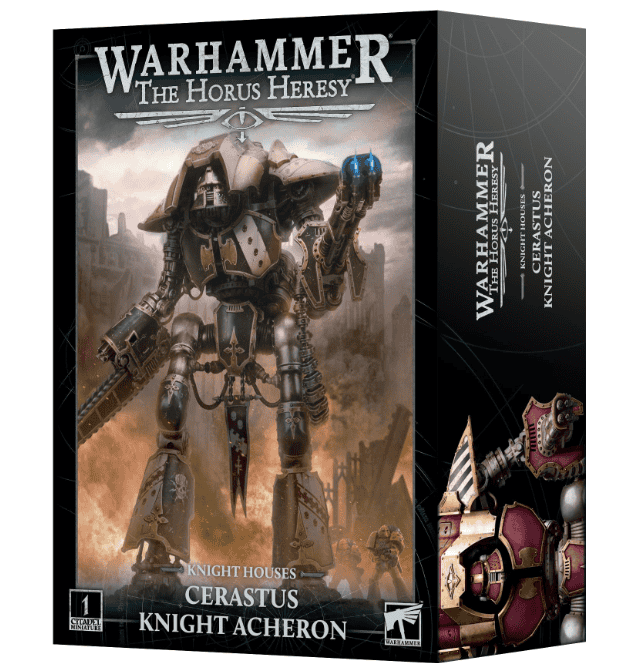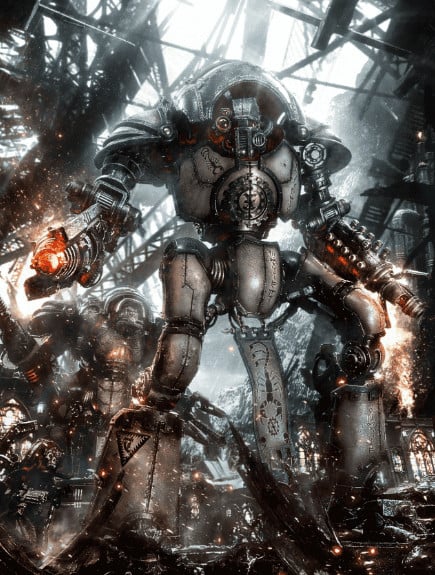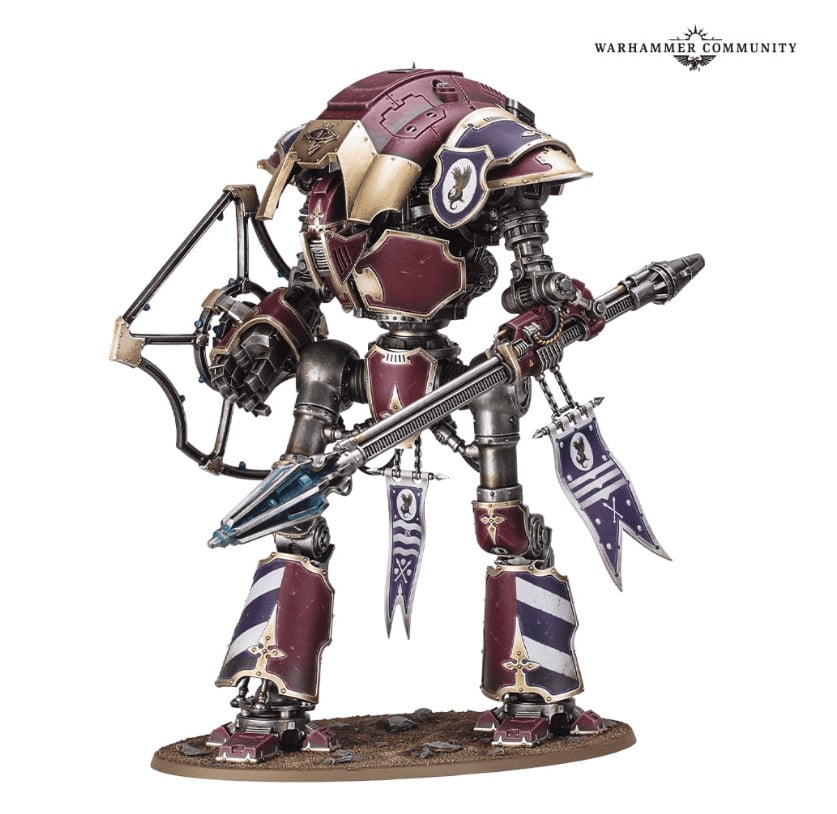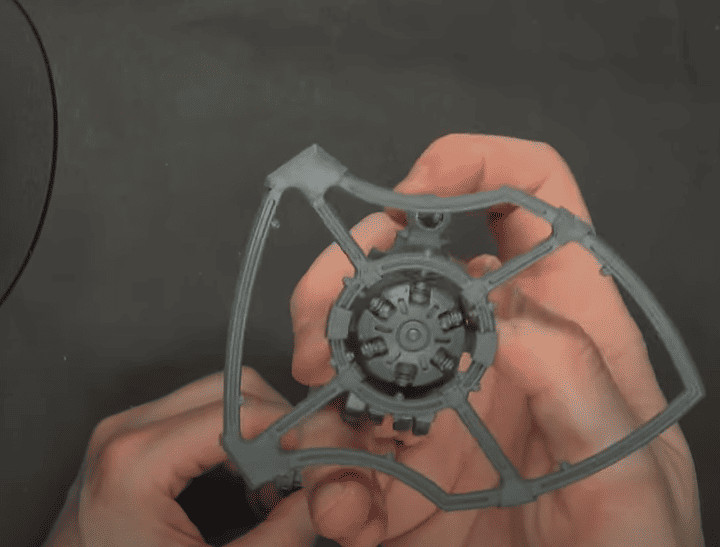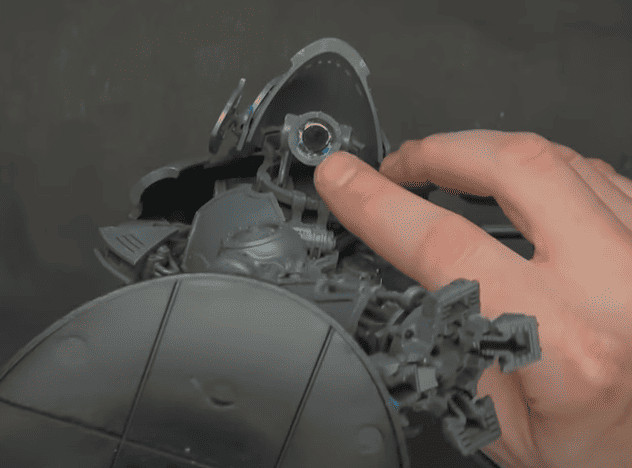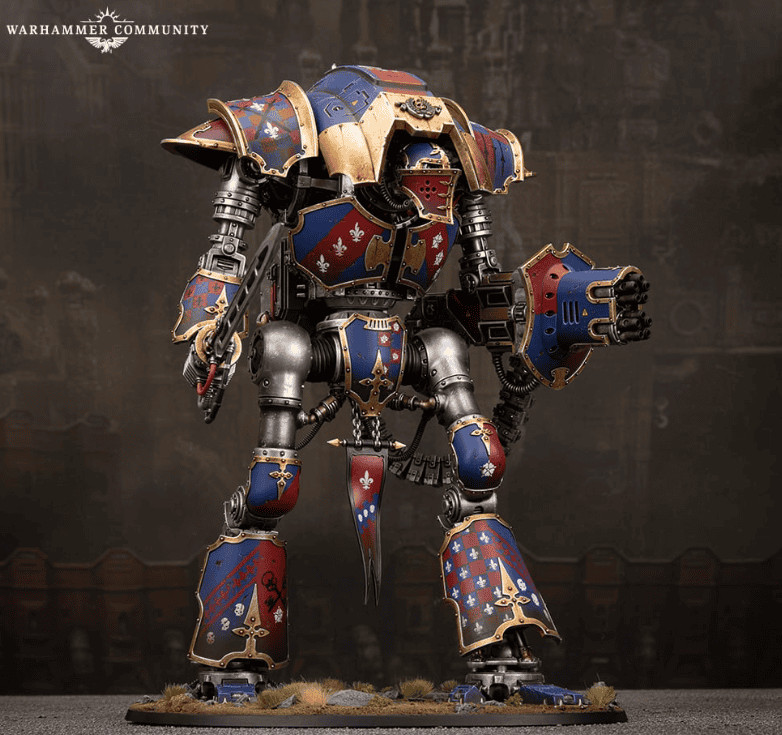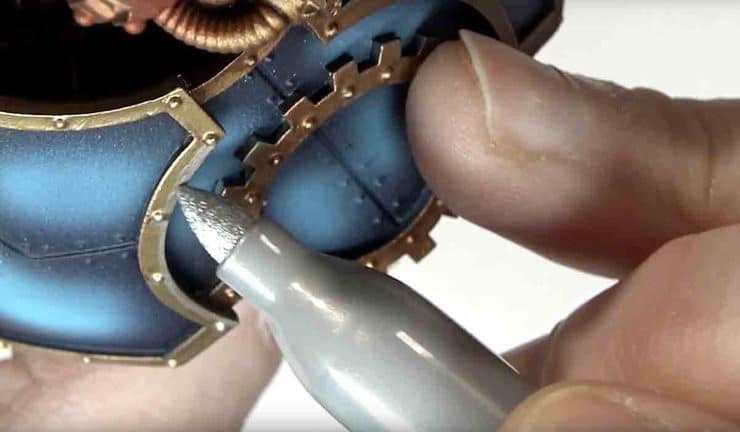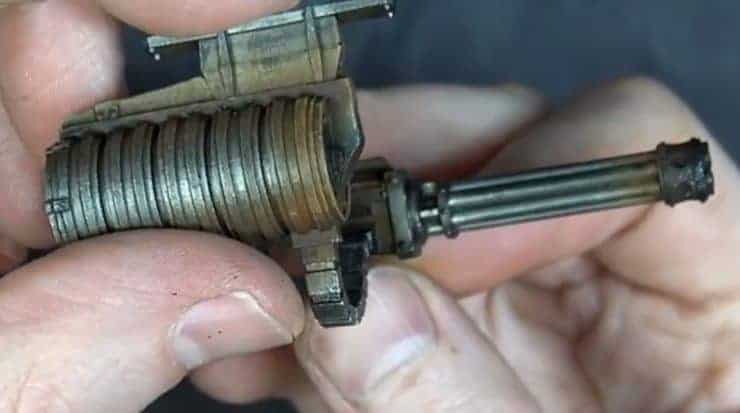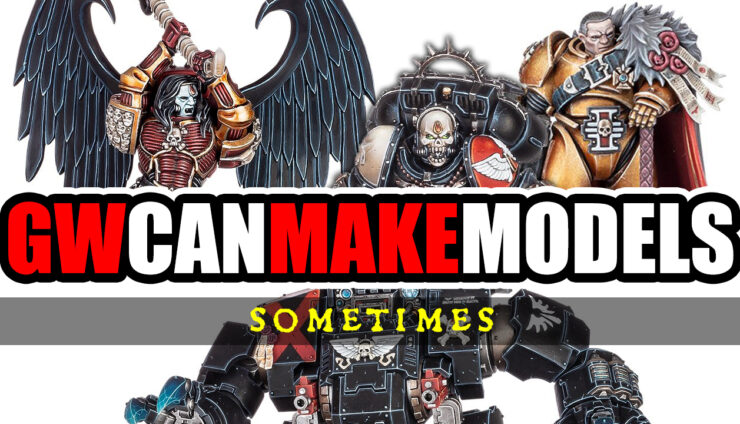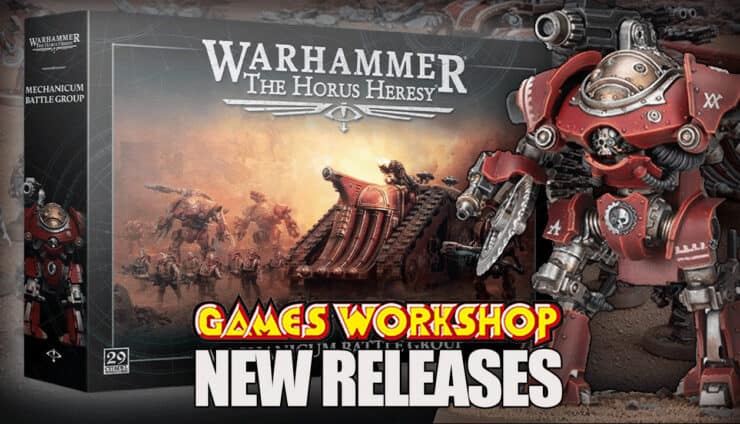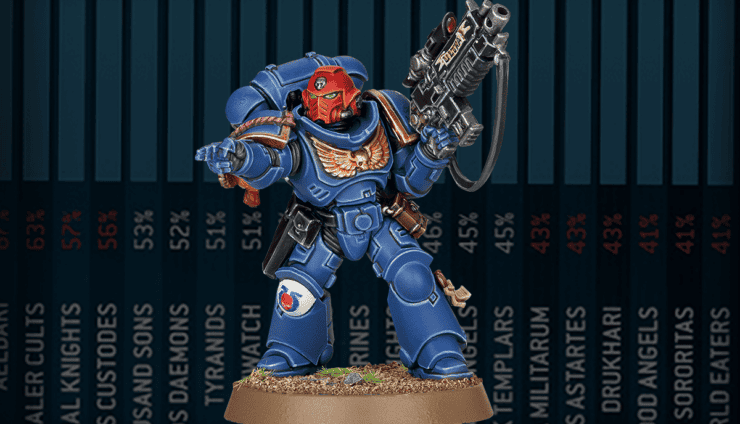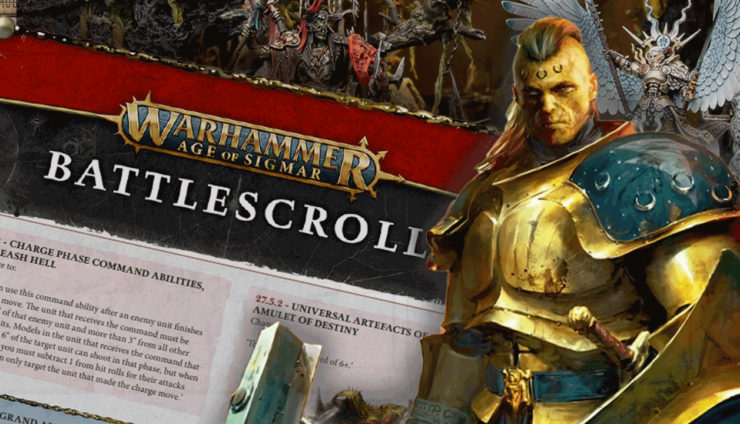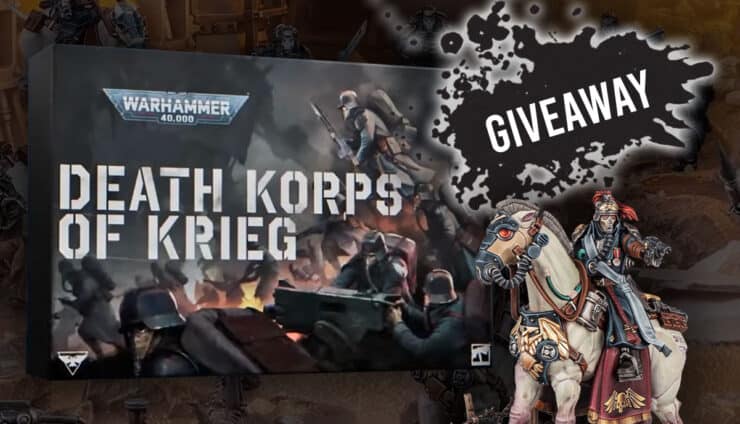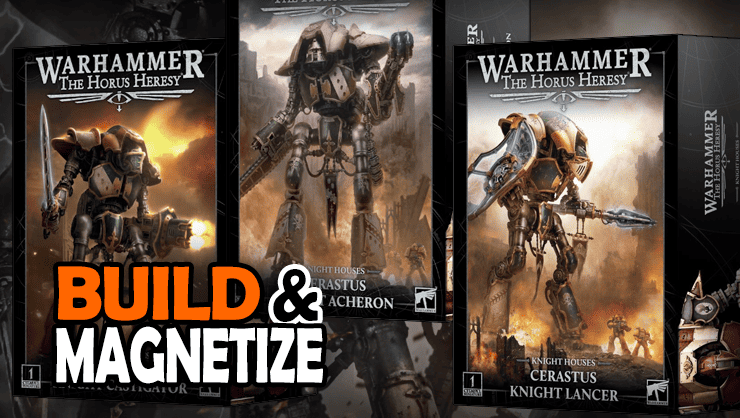 Your guide on how to build and magnetize all 3 Warhammer 40k (Lancer, Castigator, Acheron) Cerastus Knights in this tutorial unboxing review!
Your guide on how to build and magnetize all 3 Warhammer 40k (Lancer, Castigator, Acheron) Cerastus Knights in this tutorial unboxing review!
How to Build & Magnetize: Warhammer 40k Horus Heresy Cerastus Knights Guide
Rob is back unboxing the new Cerastus Knights. He’ll see what it takes to get them ready for the tabletop, show you the models’ size, and tell you the GOTCHAS to be aware of when building them. Along with where to get yours, the intro, and so much more!
We will show you everything, including the sprues, bits, and, of course, the size. That way, you can decide if this is worth your hard-earned hobby dollars. Most importantly, he will show you how to make all the versions of the Cerastus Knight in one model, so you can take whatever version of the Cerastus Knight you want!
Click any of the links below to jump to the info you need the most, or just dig in from the beginning.
- Intro to Cerastus Knights Lancer, Acheron, and Castigator
- Where to Buy the Cerastus Knight Kit
- Instructions and Sprues
- How to Magnetize and Build the Cerastus Knights
- Tools You Need
- More Building Tips for the Cerastus Knights Lancer, Acheron, and Castigator
- Assembled Models
- Painting and Customizing
Introduction to Cerastus Knights
 Overview of Cerastus Knights Lancer, Acheron, & Castigator
Overview of Cerastus Knights Lancer, Acheron, & Castigator
Cerastus Knights are a majestic addition to the Warhammer 40k universe, towering over other models with their imposing stature and intricate designs. These mechanical titans, available in several variants, offer hobbyists a fantastic opportunity to build, customize, and field them in their armies. The transition from resin to plastic has made these kits more accessible and easier to work with, opening up new possibilities for builders of all skill levels.
The Appeal of Plastic Kits
Why are plastic kits such a game-changer? For starters, they’re more user-friendly. Gone are the days of dealing with fragile resin pieces and the constant fear of them snapping mid-assembly. Plastic kits are robust and versatile, allowing for more dynamic poses and easier customization. Plus, they’re a bit kinder to your wallet, which means you can spend more on those fancy paints and accessories you’ve been eyeing. Whether you’re a newcomer or a seasoned modeler, plastic Cerastus Knights are the way to go.
Where to Buy the Cerastus Imperial Knight Kit: $210
Quick Order Links: | Amazon | Dicehead Games | Bazooka Games | Frontline Gaming| Element Games (UK) | Noble Knight Games | eBay| or | Games Workshop’s Store. This site contains affiliate links, and Spikey Bits earns from qualifying purchases.
The kit is quite expensive, but it’s still cheaper in plastic than it has been in resin, so that’s a plus! Rob covers the history of Knights, prices, and multi-use kits pretty in-depth in the video, so be sure to watch it below to see all that. Now, let’s get into it.
- Games Workshop - Warhammer Horus Heresy / Warhammer 40,000: Cerastus Knight Lancer
- A swift, towering Lords of War choice for Questoris Households and allied armies
- Thunder into melee and shatter mighty foes with a crackling shock lance
- Can be deployed on the battlefields of the Horus Heresy and the 41st Millennium
- Personalise your Knight with loads of posing options and cosmetic extras - This miniatures is supplied unpainted and require assembly – we recommend using Citadel Plastic Glue and Citadel Colour paints.
Last update on 2025-04-02 / Affiliate links / Images from Amazon Product Advertising API
Building Your Cerastus Knight Lancer, Castigator, & Acheron
Sprues
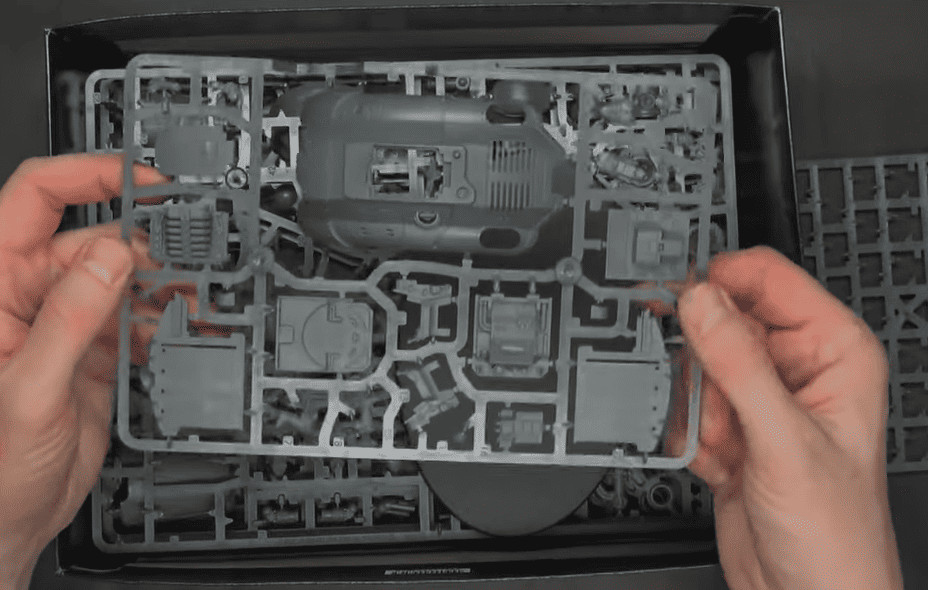

Instructions
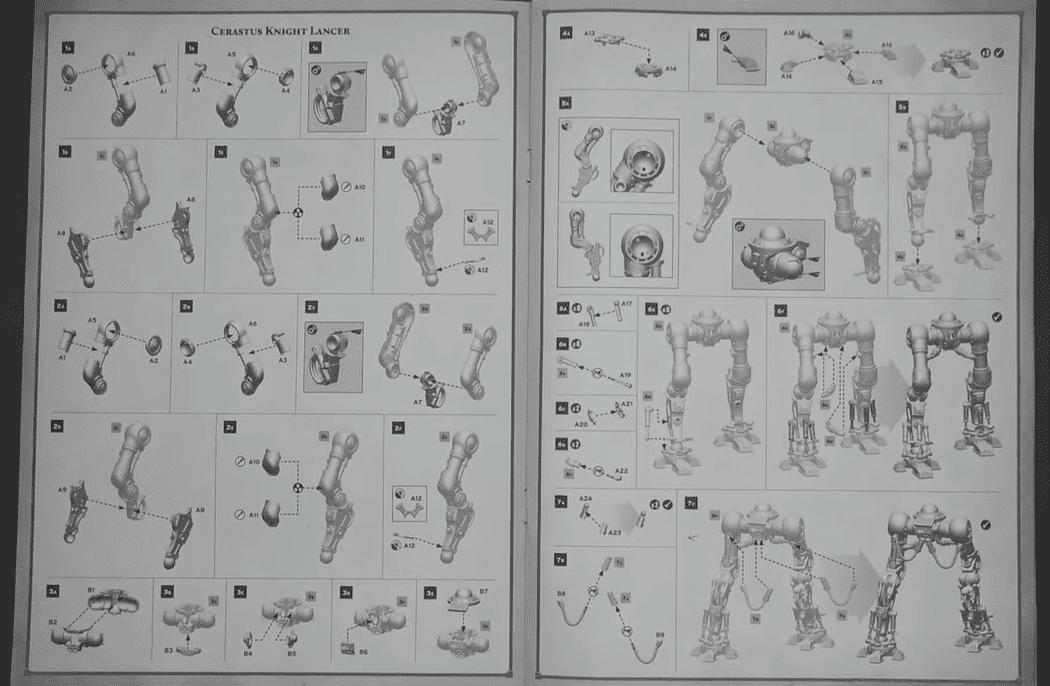
First off, be sure to set up your legs (since you can do different poses) before you start gluing, as you might end up with problems if you don’t dry fit.
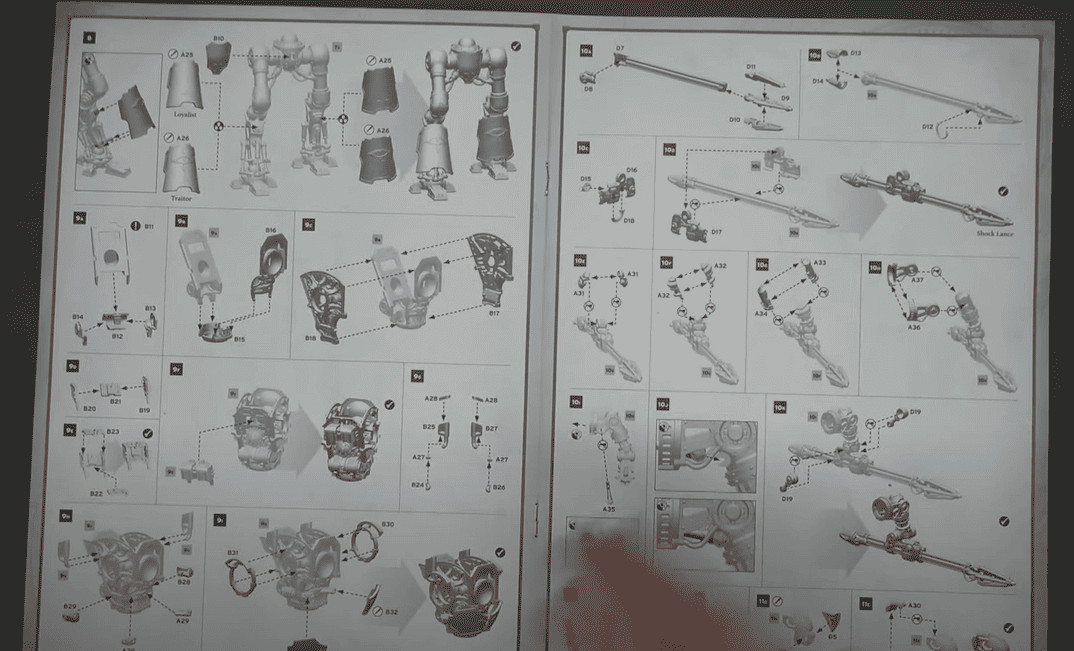
Another thing to note: you want to blue-tac on a lot of the armor and such; that way, you can paint it in sections and just hit the chassis with a metallic primer or basecoat.
The one thing you will have to compromise on if you’re making all three versions from just one box is that you will just have to pick one head and go with it for all three. So, think about what head you will want to use ahead of time.
Magnet Prep
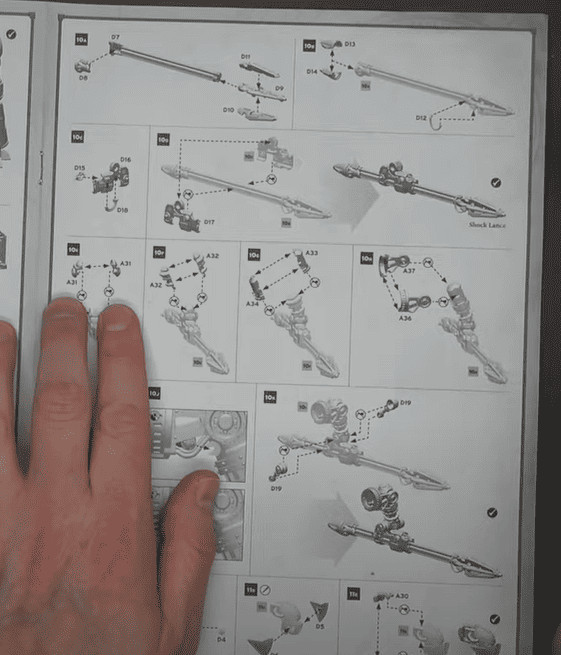
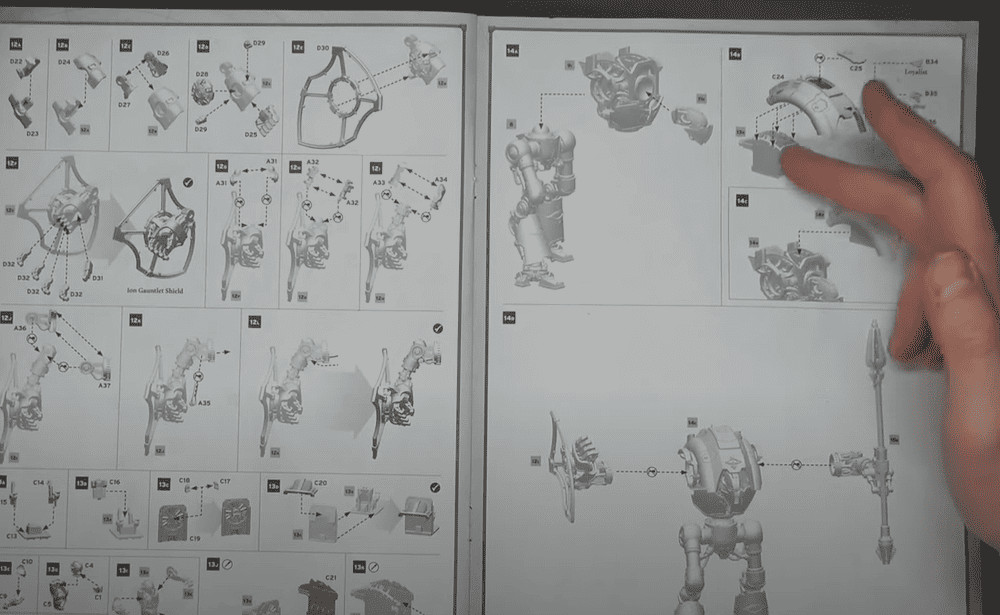
Knigtht Cerastus Magnetization Tips & Assembly
Why Magnetize?
Magnetizing your Cerastus Knight opens up a world of possibilities. Not only does it allow you to swap out weapons and parts, but it also makes transporting your models easier. It’s a practical upgrade that adds to the versatility of your kit.
Magnetization Tips
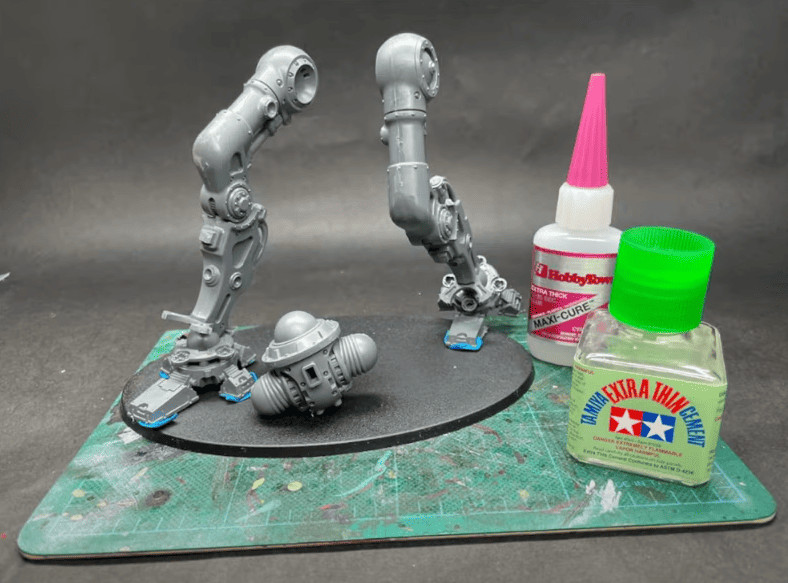
So, the hack is to use blue-tac on the feet and have your waist bit ready. This way, you can move the legs around to where they need to be to make the waist fit and have the legs in the pose you want.
If you glue your feet down, you could be in trouble. Once your feet and waist fit, then you can use the Tamiya thin glue to hold it all together at the waist.
Filling the Gaps
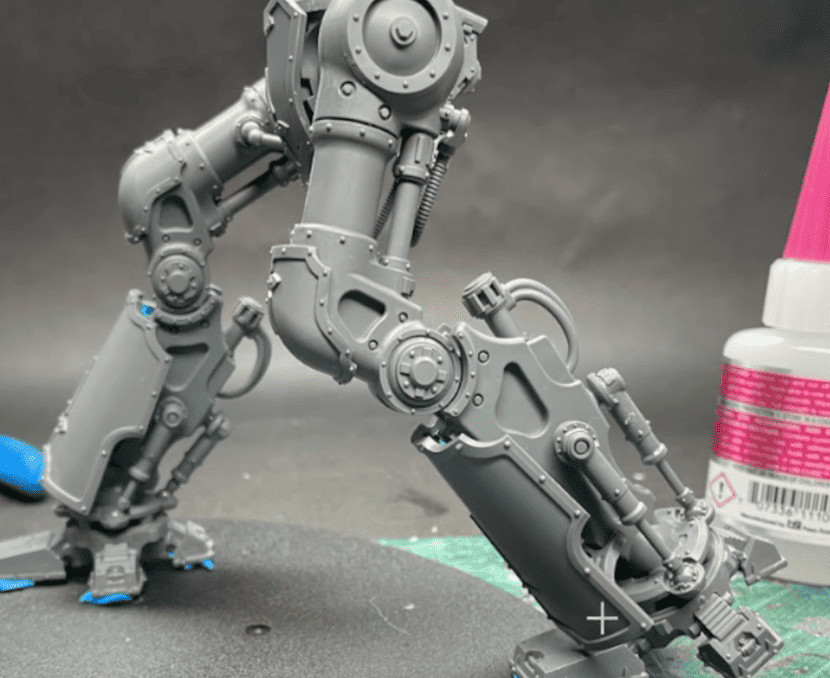
Just watch the video for where you’ll need to do this.
Tools You’ll Need
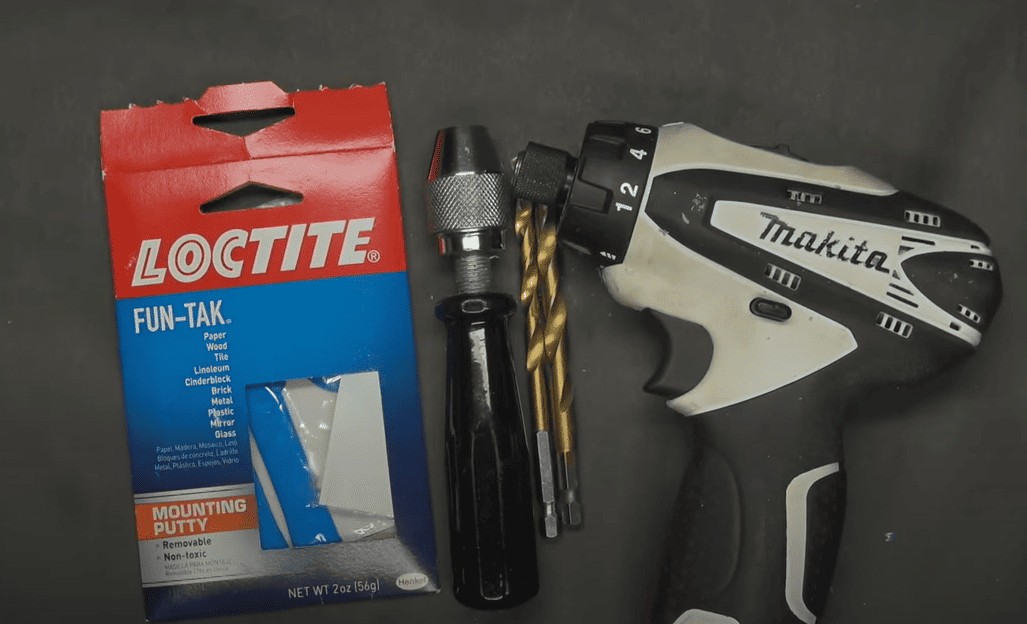
Here are the magnets you’ll need for this kit:
- Weapons (4) 1/8 x 1/16″ (double stacked)
- Weapon Mounts (4) 1/8 x 1/16″
- Arm Joints (4) 5/16 x 1/16″
Ceratus Knight Magnetization Kit From The Magnet Baron
Use coupon code Spikey10 to get 10% off your next order with them
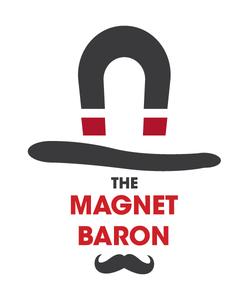
This kit contains:
- 8pcs 10mm x 3mm Disc Magnets for the arm options
- 4pcs 6mm x 2mm Disc Magnets for the base for magnetic case transportation
More Building & Magnetization Tips
Drilling Out
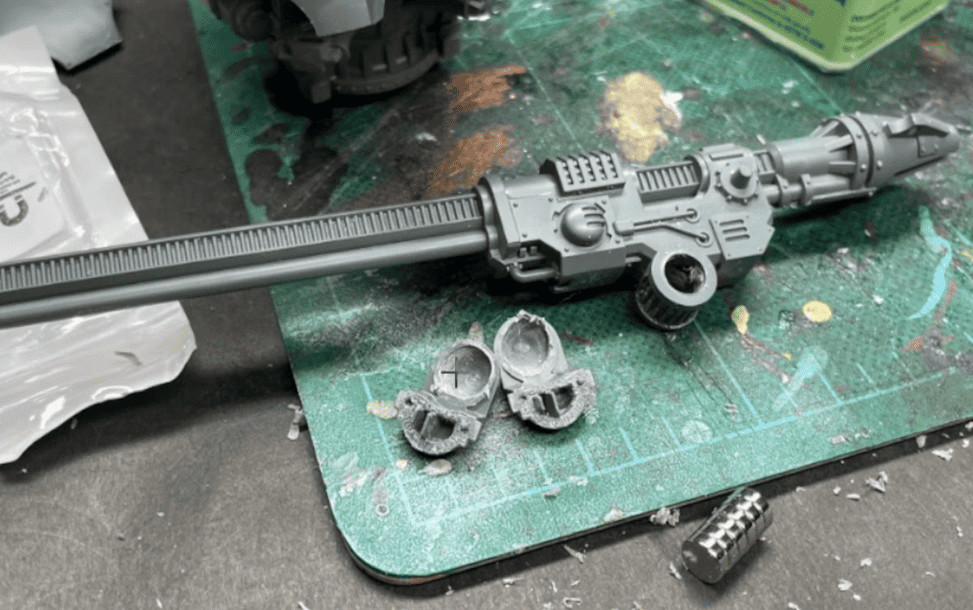
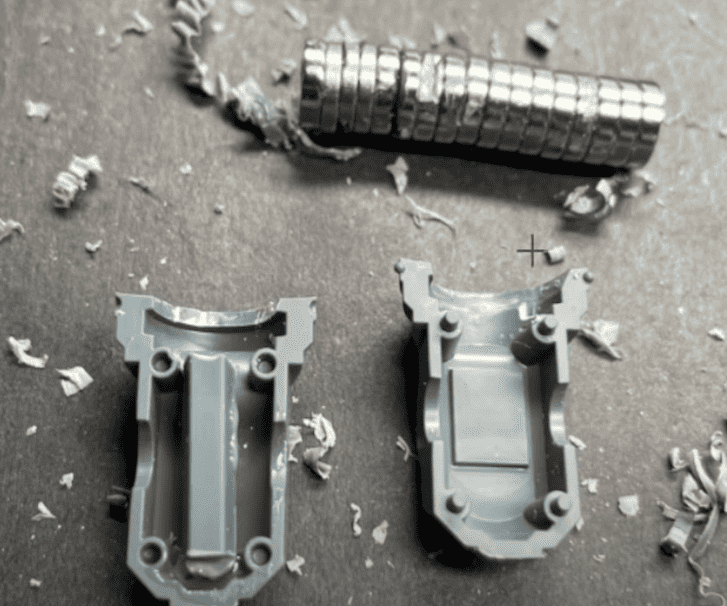
Blue-Tac
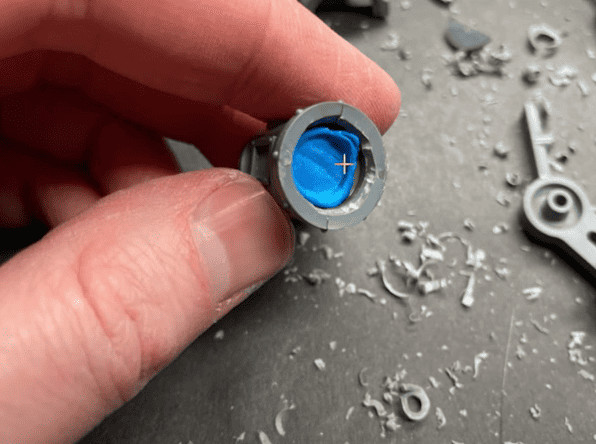
Assembled & Magentized Cerastus Knight Lancer, Acheron, & Castigator
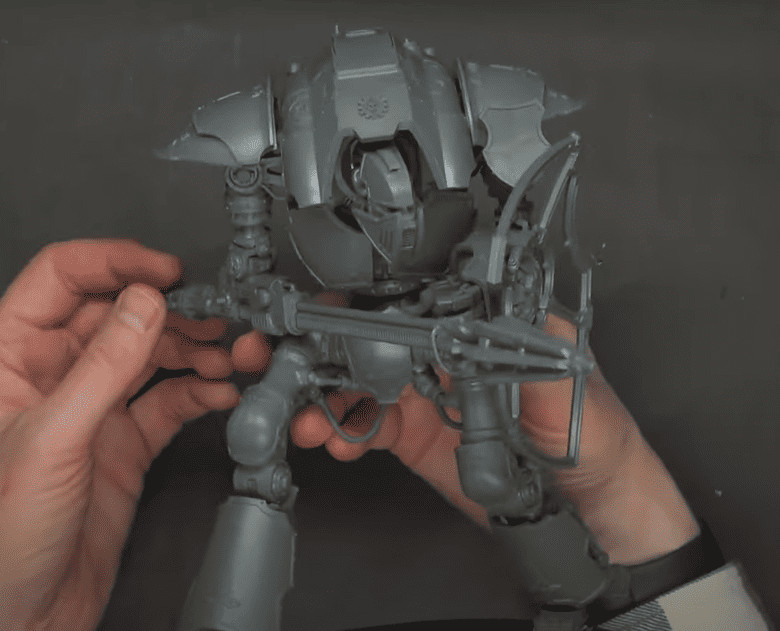
There are plenty of magnets in here, and each arm has two magnetized parts (one where it goes into the shoulder and one where your chosen weapon connects.)
As you can see, you can just pop on the different shoulder pads and weapons and have a Castigator! Just be careful, as the giant ammo feed is a bit of a pain, but it holds the pose really well.
Acheron Variant
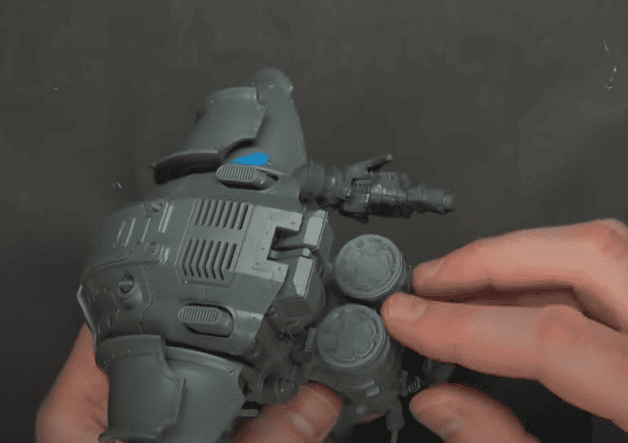
Resin Comparison

Customizing and Painting Your Knight
 Painting Techniques
Painting Techniques
Now that your Cerastus Knight is built, it’s time to bring it to life with paint. Start with a solid base coat to set the foundation. Whether you prefer a classic metallic look or something more vibrant, the key is in the details. Layering and dry brushing can add depth and realism to your model.
Base Coating and Detailing
Begin with a primer to ensure your paint adheres well. Then, move on to your base colors. Metallics work great for the armor, while contrasting colors can make details pop. Don’t forget to pick out those rivets and bolts—they add a lot of character. You can even paint bigger models like these with metallic Sharpies perfectly.
Weathering and Effects
Weathering can take your Knight to the next level. Use washes to add grime and shading. Dry brushing can highlight edges and make the model look battle-worn. For more advanced effects, consider adding rust or scorch marks. It’s all about making your Knight look like it’s been through the thick of battle.
Final Thoughts
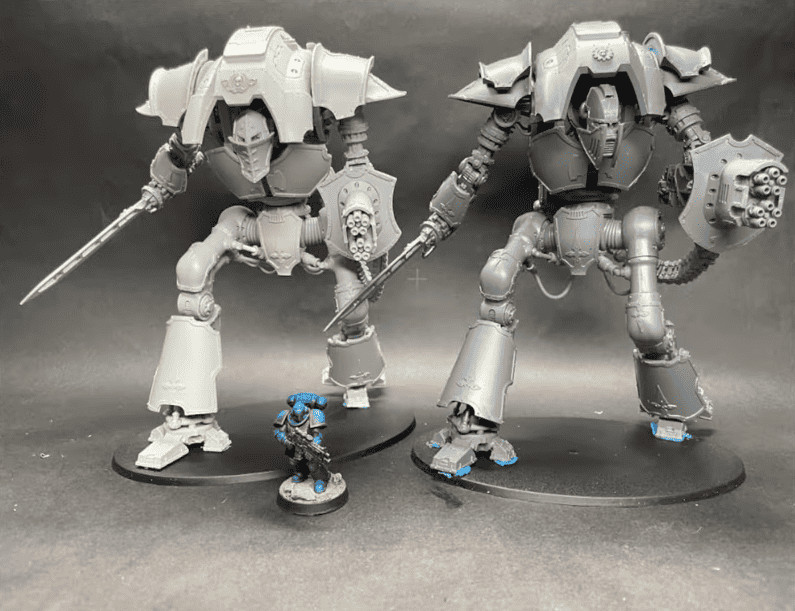
Be sure to check out the video tutorial for all the details.
Click Here to Get Your Cerastus Knights!
What do you think of this unboxing, magnetizing guide, and build for the new Cerastus Knights Lancer, Acheron, and Castigator?
